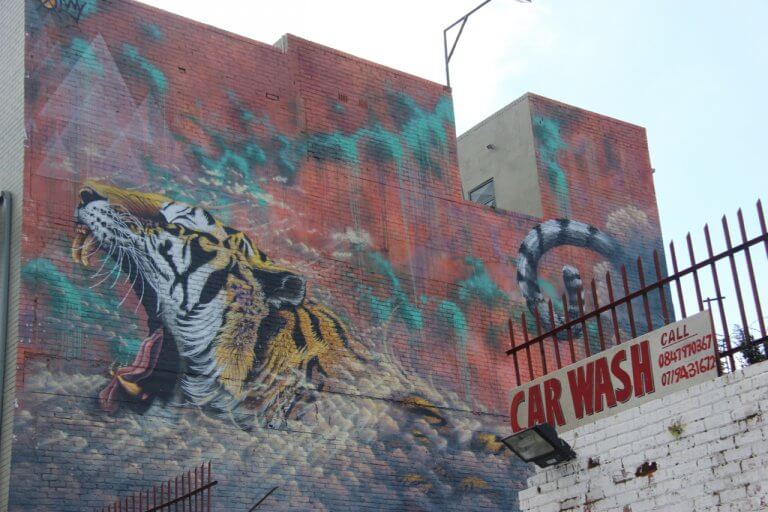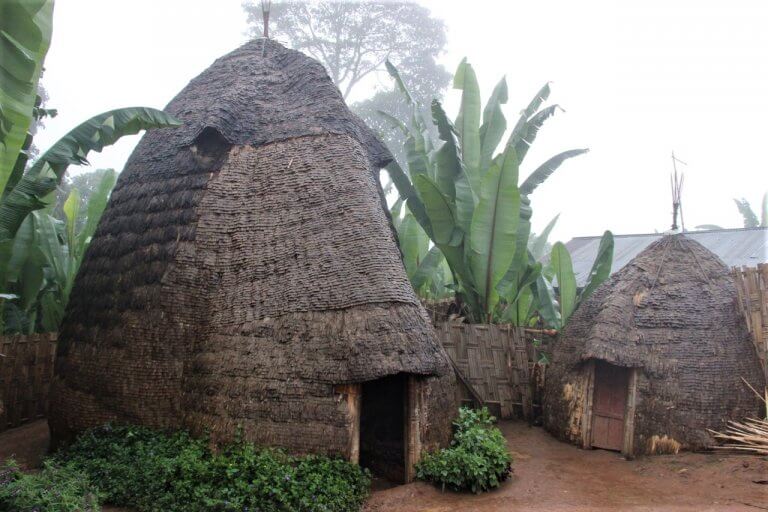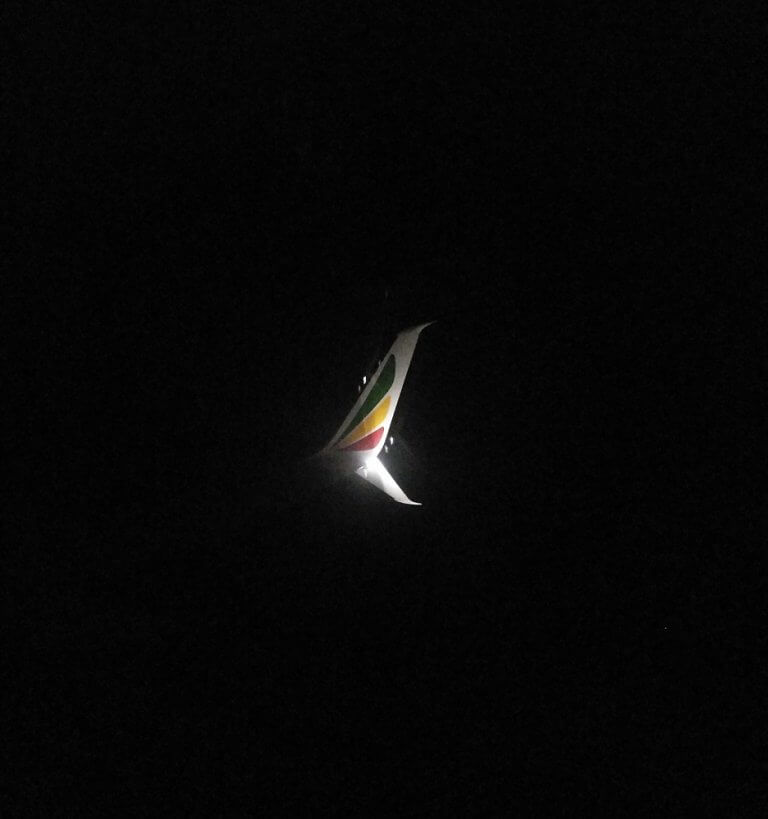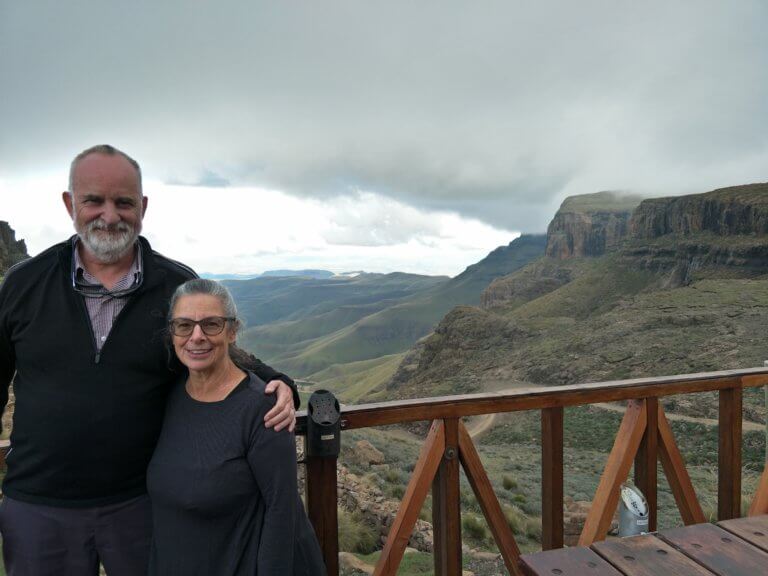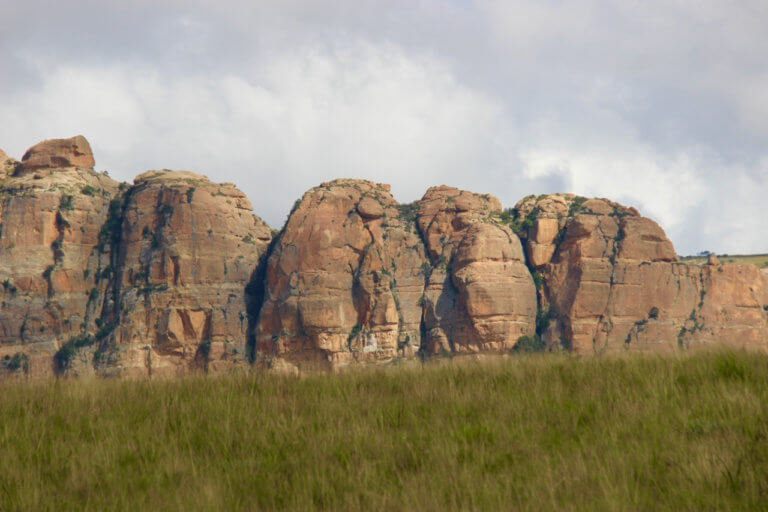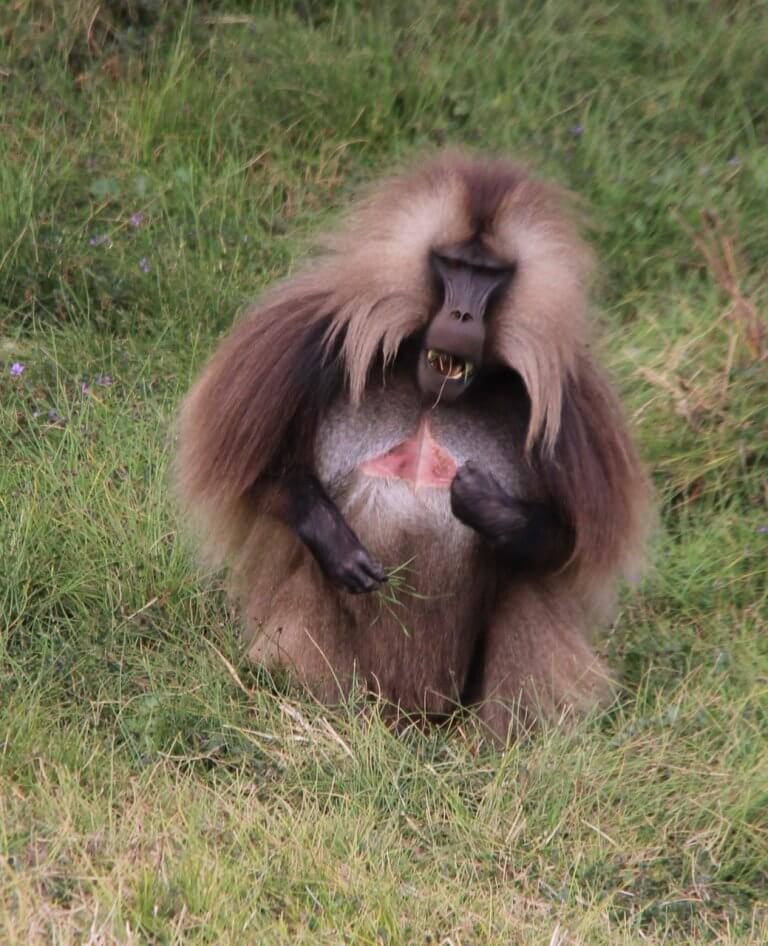
Day 43 May 24th 2018 Jinka Omo Valley
Heading for Jinka the capital of the Omo Valley we stop at the Keyafer market.On the way we see an activity that we had seen the day before.Kids would break into dance into the centre of the road to stop us.We debate the issue of giving to children endlessly between ourselves with not really arriving at an answer.
The market at Keyafer is of major interest as it is a place where the Bana, Sami and Ari three of the major tribes congregate.The Bana stand out with the males wearing short skirts and wearing beaded head bands.If the band has a tassel on it it means they are married some as young as 15.They walk around carrying little wooden stools doubling as pillows.The women have hair hanging in tight curls burnished with red ochre.
The market had three distinct areas one for livestock one for food and hardware and another for handcrafts.
Highlights were the cows running amok within the livestock area and the negotiating going on around us.
At the entrance to the food market was a “pub” where the happy marketers were sitting around drinking sorghum beer out of large plastic containers.In the main market there were all types of grain,handmade rope,pots and pans,tobacco for chewingand honey.
Picture your average Australian beekeeper bedecked in hoods and general protection armed with a smoke gun.Not these guys-the hives are made out of logs hanging in trees and they somehow get to them into containers to take to market complete with bees.Amazing how complex we make things.



The handicrafts range from beading to large wooden animals and pottery.
After lunch we head for the Omo museum and Research centre.Here we learn about the sixteen tribes and see artefacts.Also there are posters about the research carried out by a German University on the role of women in the valley.Made interesting and contentious reading about cultural differences.Interesting that the message that came through was this is our culture and leave us to practice it.This included such topics as genital circumcision and obedience to husbands.It also covered questions of beauty such as lip stretching which the government has tried to ban.This particular practice by the Mursi tribe has made them particular targets of interest for tourists.
Whilst at the museum we saw two videos shot by a young Mursi man.The first talked about their fights with other tribes and attempts to stop the killing.The second talked about the impact of tourism with the locals complaining to camera about how tourists came for a short time without appreciating the culture.There is an established market rate of 5 Ethiopian birr per photo.It appears to be such a contentious issue that we opted out and decided not to go the next day.
